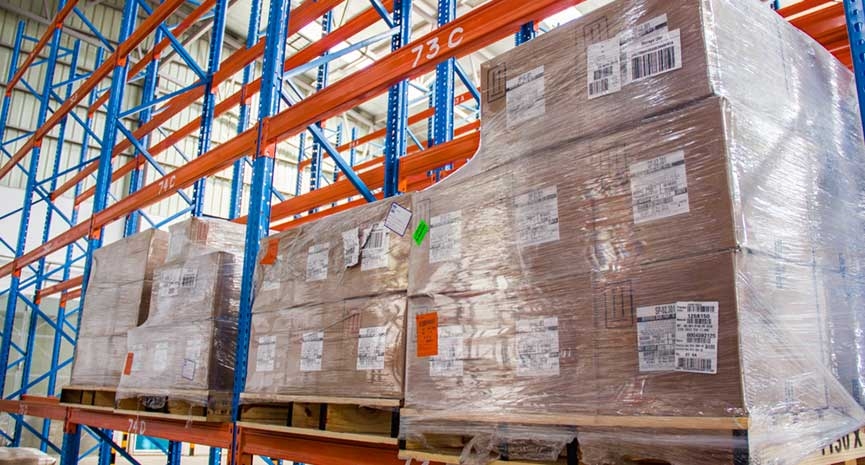Siginon invests more to expand warehouse capacity
Supply Chain - Siginon Global Logistics, part of the Siginon Group, has invested heavily in warehousing to meet customer demands.

10 May, 2017: Siginon Global Logistics, part of the Siginon Group, has invested heavily in warehousing to meet customer demands. Currently, Siginon boasts of nearly 300,000 square feet of warehouse capacity in its Nairobi and Mombasa operations licensed to handle cargo that is general, bonded or on transit to regional destinations.
Winstone Akweyu, operations manager, Siginon Global Logistics in Nairobi said, “The General cargo warehouses have the highest demand with customers largely importing shipments such as textiles, pharmaceuticals, spare parts and chemicals among other commodities.”
Siginon warehouses have additional options which are customised to handle shipments that require storage at ambient temperatures and cold storage, such as some pharmaceuticals and horticultural produce, to protect them from depreciating in quality or value due to exposure to external temperatures.
Customer experience in warehousing is primarily focused on assuring the customer of cargo safety as well as ease of accessing the goods while in the warehouse. This can be attributed to the tonnage and value of cargo placed in the warehouse. As such, warehouse players have invested heavily in warehouse safety and security to protect the cargo from theft or damage while in the warehouse.
Winstone said, “Siginon warehouses are secured with high walls, 24/7 CCTV as well as contracted manned personnel from reputable security companies. Ultimately, assuring the customer of the cargo security will give them peace of mind.”
Global warehousing trends today have expanded to incorporate value addition services such as packaging in the case of Fast Moving consumer goods, blending of varieties in the case of the tea warehousing and distributing the goods to outlets, the port for export as well as delivering to the factory on a ‘just in time’ basis to ensure payment of taxes only on goods exiting the customs bonded area as well as eliminate demand on space.
In as much as the Kenyan market is yet to pick on these innovations, a number of efforts have been made by the various logistics players to incorporate technology to boost service delivery.
Winstone concludes, “There are a number of opportunities of automating warehouse operations through automation of storage, compact picking, zone picking, integrated picking as well as warehouse and AGV systems. Though these systems require high capital investments, the returns on business and customer satisfaction are equally high in the long run.”


